Nothing beats the sweet aroma of freshly ground coffee beans in the morning, but what do you do if you find yourself without a grinder? Rest assured — several uncommon methods will guarantee you won't ever have to go without your flavorsome coffee.
From the food processor technique to the classic mortar and pestle, you'll be astonished at the inventive ways to crush, pound, and grind coffee beans. You won't have to resort to prehistoric tools from the Stone Age to grind beans either!
So, Yabba dabba doo! Let's spill the beans on those alternative grinding methods and how to grind coffee beans without a grinder.

Can You Grind Coffee Beans in a Food Processor?
If you lack a manual coffee grinder at home, grinding coffee beans using a food processor is probably the most convenient method. Add the beans (roughly the same size) and grind them for approx. 10-20 seconds until the desired consistency, and voilà!
Unconvinced? Even though regular food processor blades aren't ideal for coffee beans due to the risk of overheating them, grinding the beans coarser yields a more flavorful, balanced, and less bitter cup of coffee.
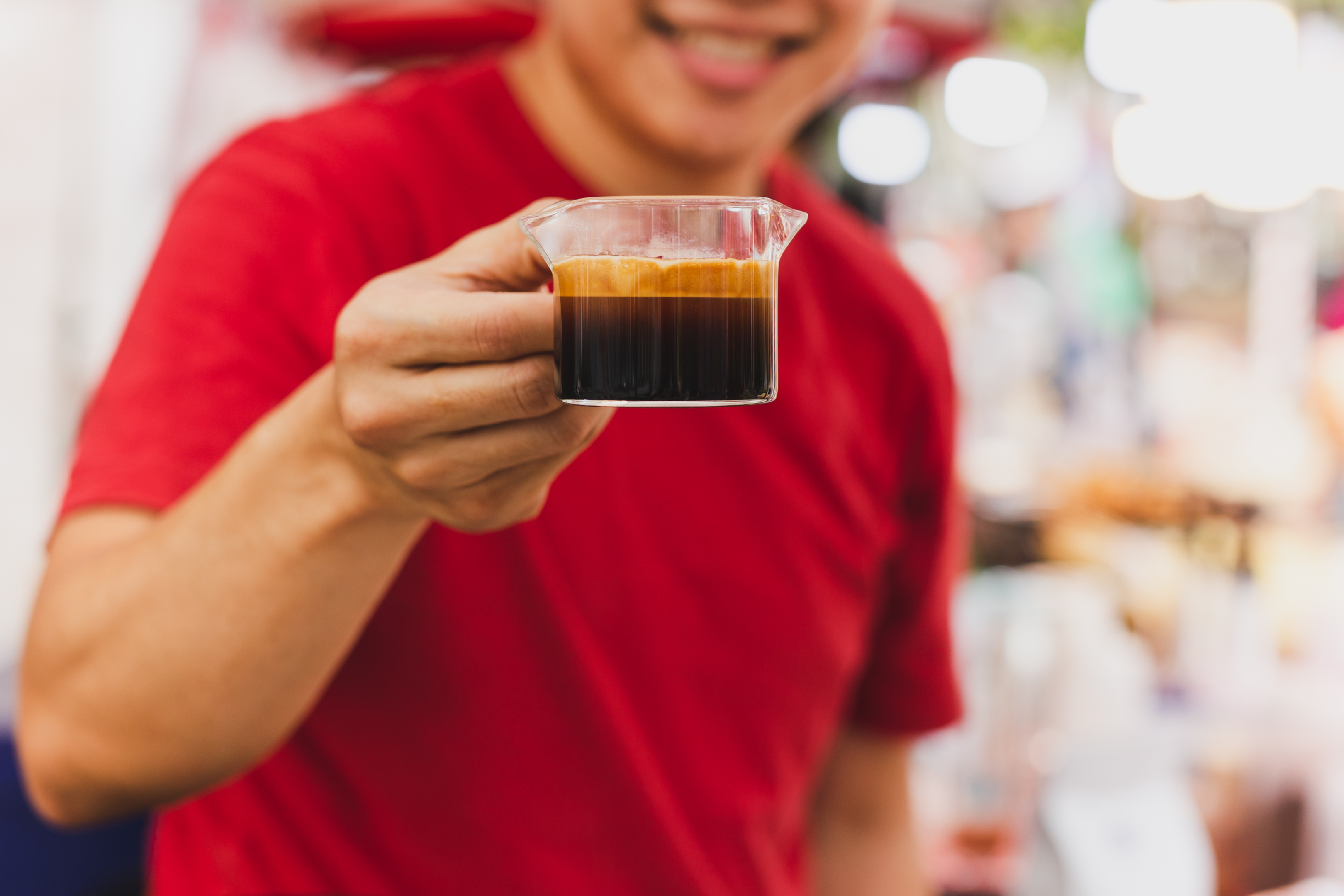
How to Grind Coffee Beans with a Blender
If you don't have access to an electric grinder, another simple way to grind your beans at home is to use a blender. Some brands have an integrated "grind" setting. However, the "pulse" option is your best bet for producing a consistent grind if yours doesn't have one.
As with a food processor, beans that aren't pulsed well will heat up during the blending process. To prevent this, quickly grind the coffee beans into a powder using a medium to medium-low speed.
A good tip is to shake the blender occasionally, so the coffee beans are more evenly ground. Once the beans are the desired consistency, why not step up your home barista game by going for a finer grind with an express espresso maker and bring the real café experience into your kitchen?

Grinding Coffee Beans with a Rolling Pin
Never underestimate a coffee lover with a rolling pin! If you don't have a coffee grinder, you can roll your way to deliciousness using an old-fashioned rolling pin to firmly flatten your beans.
And let's face it, crushing and grinding beans this way will make a pleasant change from rolling out pizza dough. If you don't fancy bashing your beans with a hammer or mallet, this technique is the next best thing.
For best results:
-
first place coffee beans in a sturdy Ziploc bag or a tea towel
-
evenly distribute the coffee beans on a chopping board
-
crush the beans with the rolling pin to the desired consistency
-
to get a uniform grind, make sure to apply equal pressure
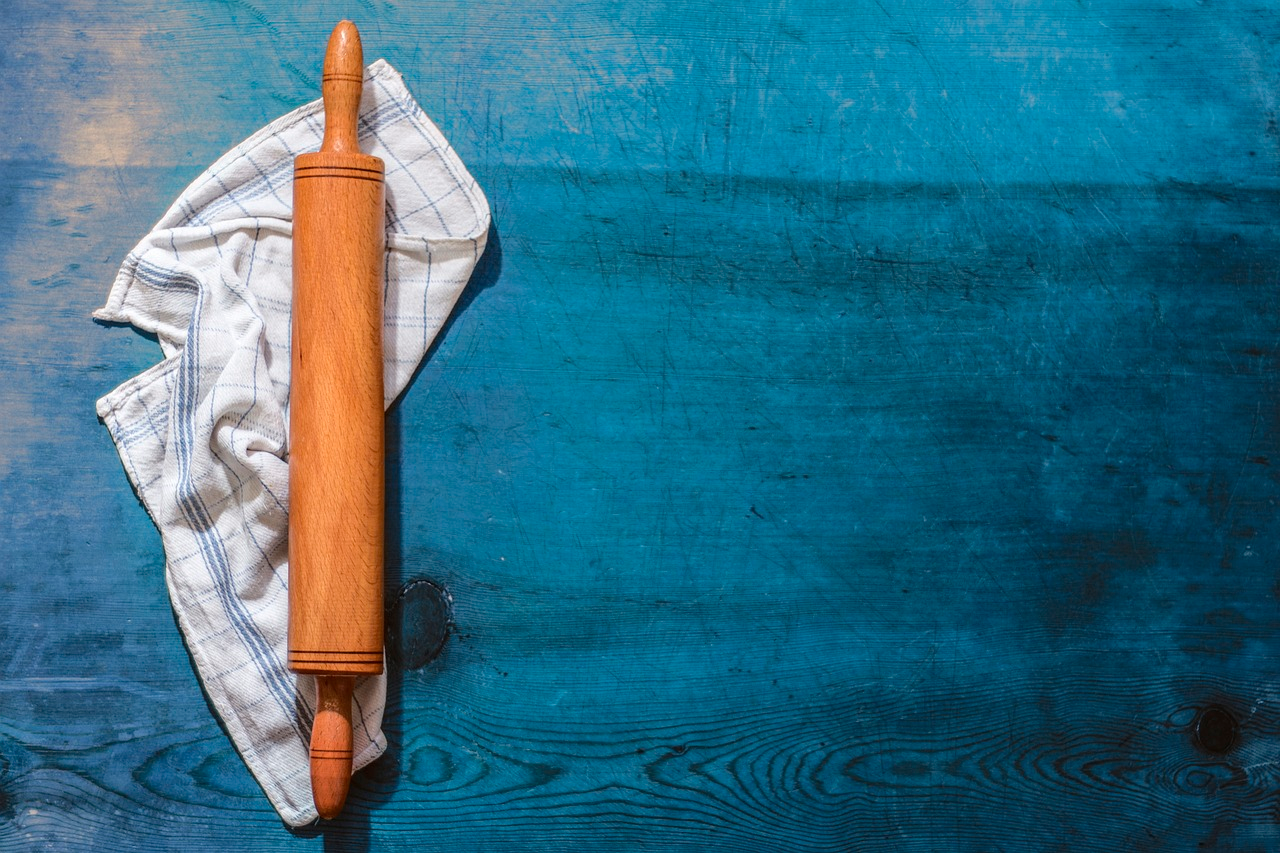
Using a Mortar and Pestle to Grind Coffee Beans
A mortar and pestle are ideal for pounding and grinding coffee beans without a grinder. However, mixing, smashing, and pulverizing those whole beans may require some elbow grease.
No worries! Using the pestle (club-shaped tool)to grind the beans slowly and firmly against the side of the mortar will help you achieve the desired consistency.
This grinding method will result in a consistent medium grind and achieve various flavors without the risk of over-extraction (too many solubles) or under-extraction (too few solubles).
How Extraction Works When Brewing
The process of coffee extraction involves dissolving soluble oils, flavors, and other compounds from ground coffee. Brewing coffee involves extracting distinct chemicals from the coffee grounds into the water, resulting in your delectable morning brew.
The compounds that are extracted have a direct impact on the aroma of your coffee, providing a rich and flavorful experience. The extracted coffee includes caffeine, lipids, carbohydrates, acids that add sweet and sour flavors, and sugars that add sweetness and viscosity.
-
Coffee that is not properly extracted lacks the delicate balance of sweetness and slight bitterness.
-
Over-extracted coffee can result in a bitter taste.
By manipulating the extraction process, you can have greater influence over the flavor profile of your cup of coffee.
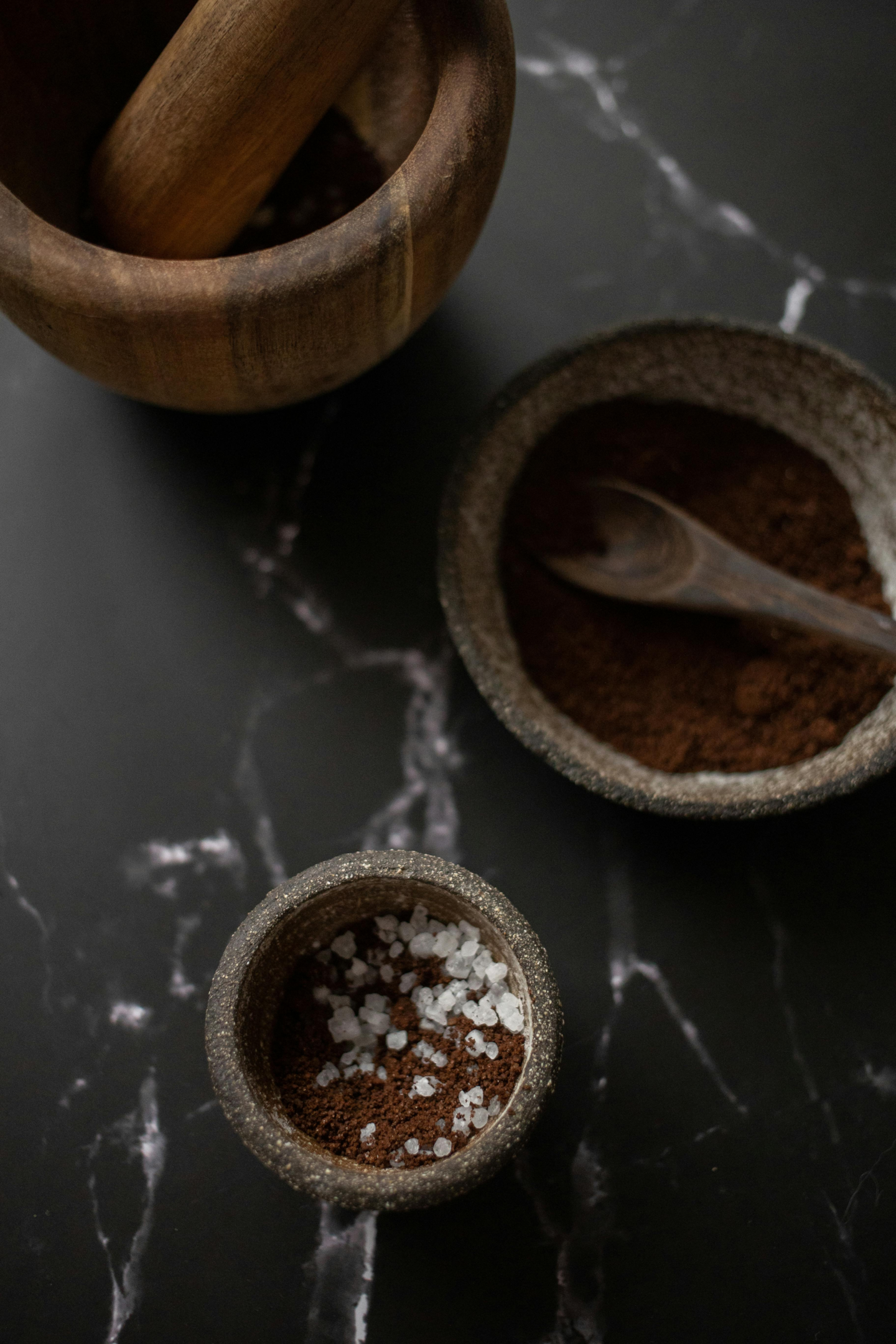
How to Grind Coffee Beans with a Stone Grinder (Sil Batta)
Some of you may already be familiar with a ‘Sil Batta’ especially if you enjoy ‘Chicken Tikka Masala'. Believed to be of Urdu origin, this indispensable age-old home utensil consists of a rectangular flat-shaped stone (Sil) and a grinding stone (Batta).
The Sil Batta can crush coffee beans while keeping their natural taste and flavor intact. This method of grinding whole-bean coffee requires you to move and lift the stones while grinding. Remarkably, you can grind coffee beans even while building your physique!
Why is Coffee Grind Size Important?
How quickly water extracts compounds from coffee grounds and how long the coffee is brewed for both affect the flavor of the coffee. The surface area of larger, coarser coffee grounds is lower than that of finely ground coffee grounds. Their flavor lingers longer, and water passes through them more easily.
On the other hand, finer grounds have a larger surface area, leading to slower water flow and increased contact with the coffee grounds. This prolonged contact results in faster extraction.
This is why coffee grind size is important. Faster brewing methods are often preferred when using finer ground bean coffee to prevent bitterness caused by extending the brewing time.
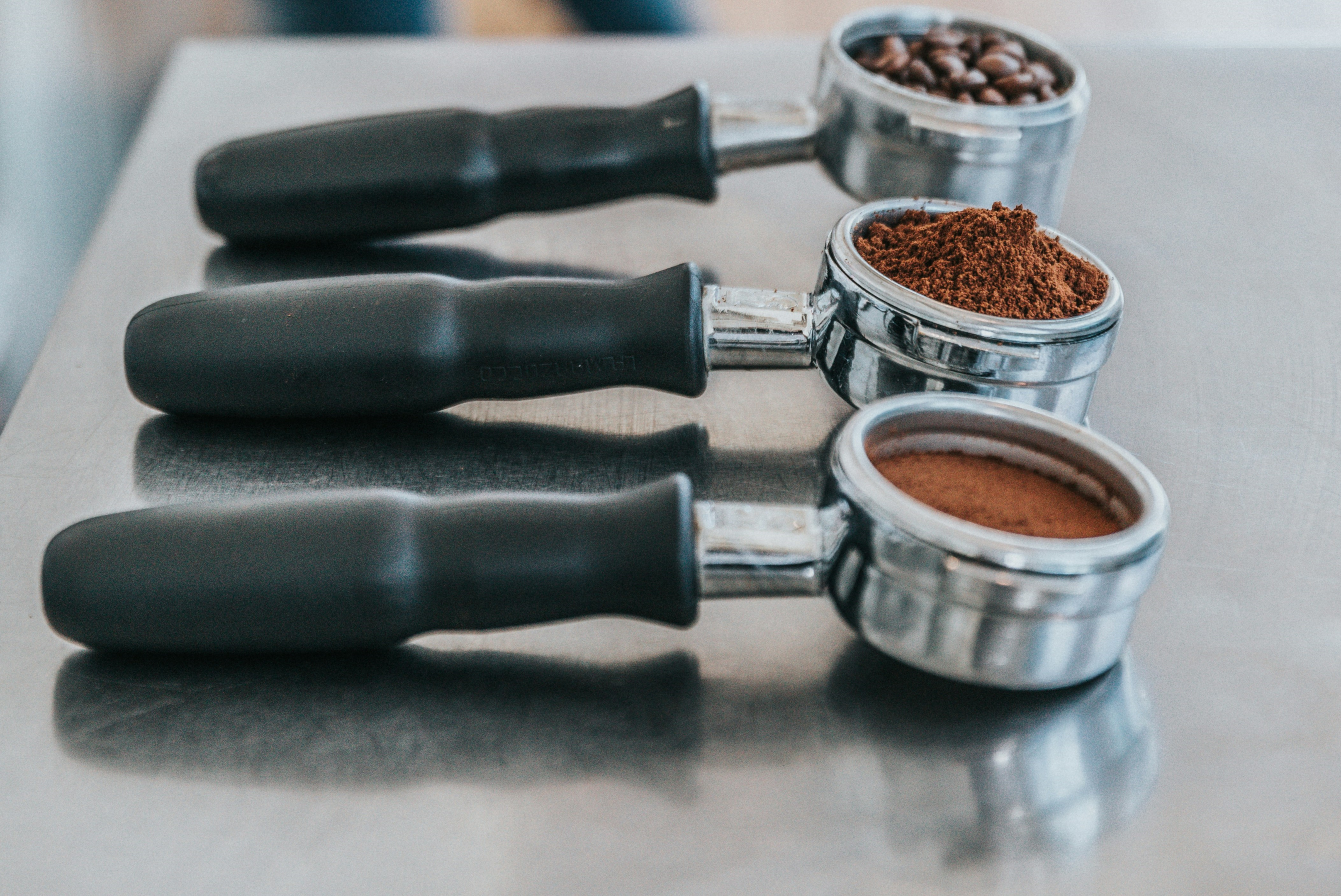
Understanding the appropriate coffee grind for various brewing methods is crucial. When making drip coffee, for instance, a medium grind is what you should aim for, while a coarse grind is ideal for French press coffee.
That's why learning more about brewing from a coffee grind chart and choosing the best coffee beans to roast or brew will help you become a master Aficionado.

Grinding Your Coffee Beans to Perfection
As you can see, grinding coffee beans without a grinder is a skill that can be acquired. The key is being able to compromise by experimenting with various techniques and determining your ideal grind.
If you're in a hurry, you can grind coffee beans using a manual grinder (hand grinder) or the most ardent coffee enthusiasts will use burr grinders.
How about you? Do you have any creative ways to grind your coffee beans to perfection? If so, we'd love to hear about them!
And remember why not pass on this article to your coffee-loving friends so they can always enjoy their delicious hot or cold brew too?


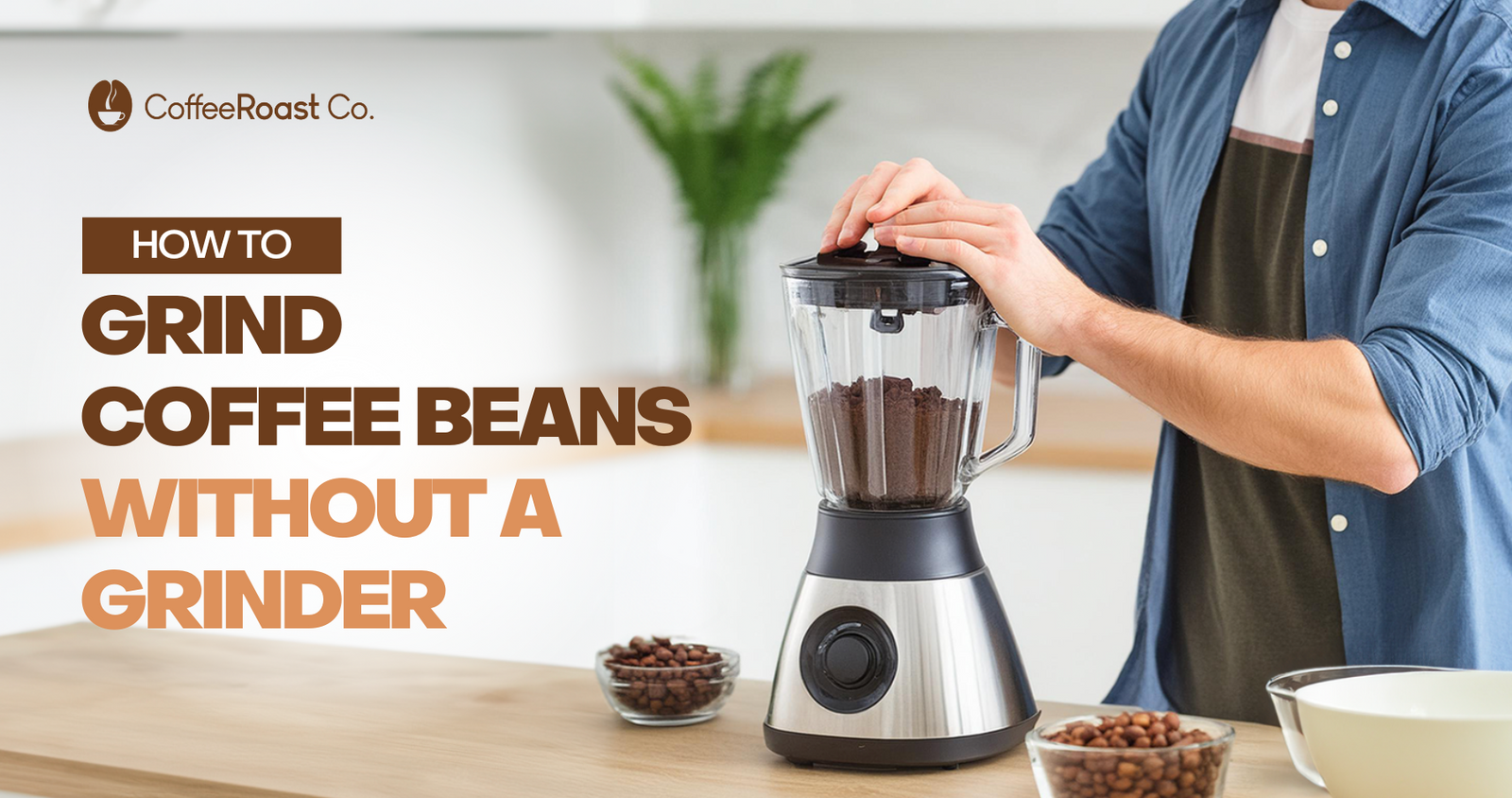

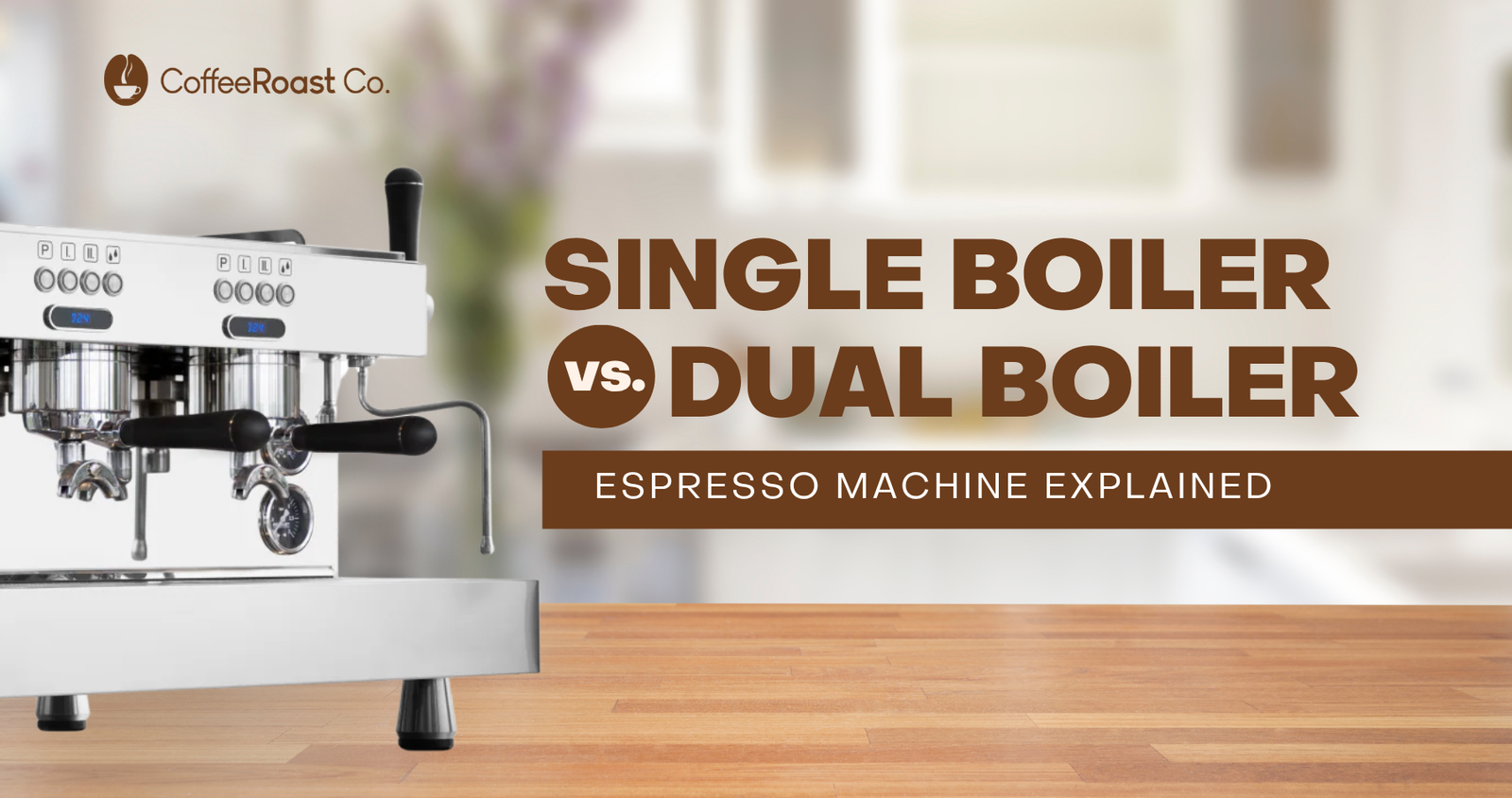

留个言